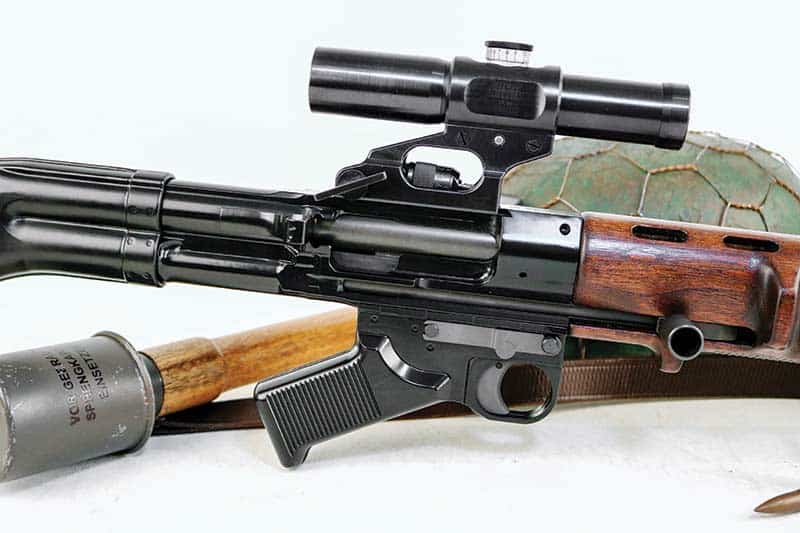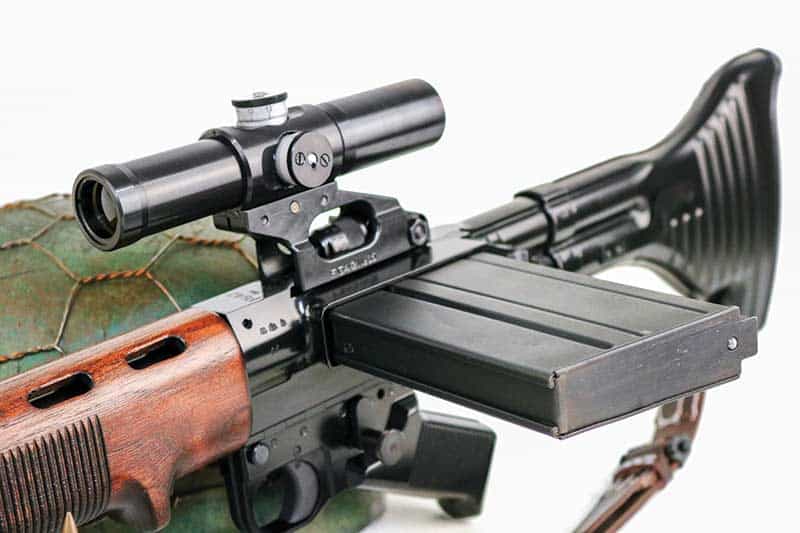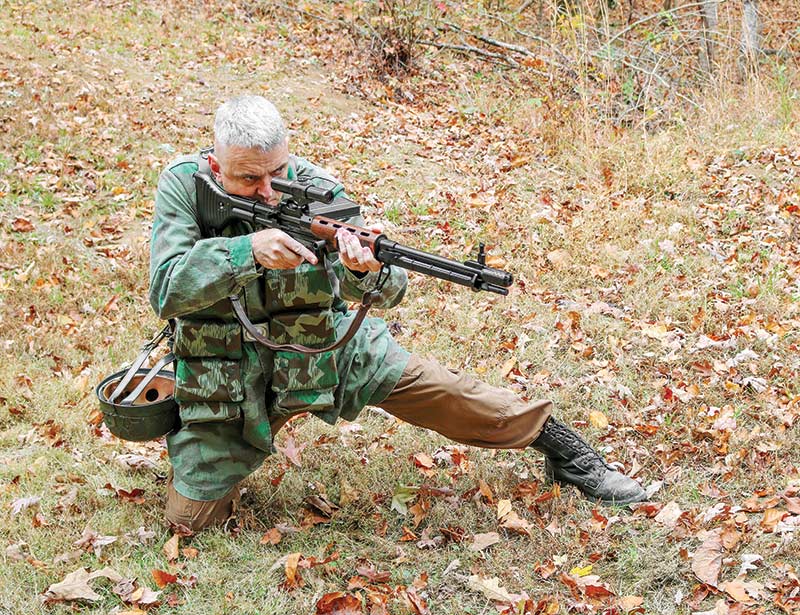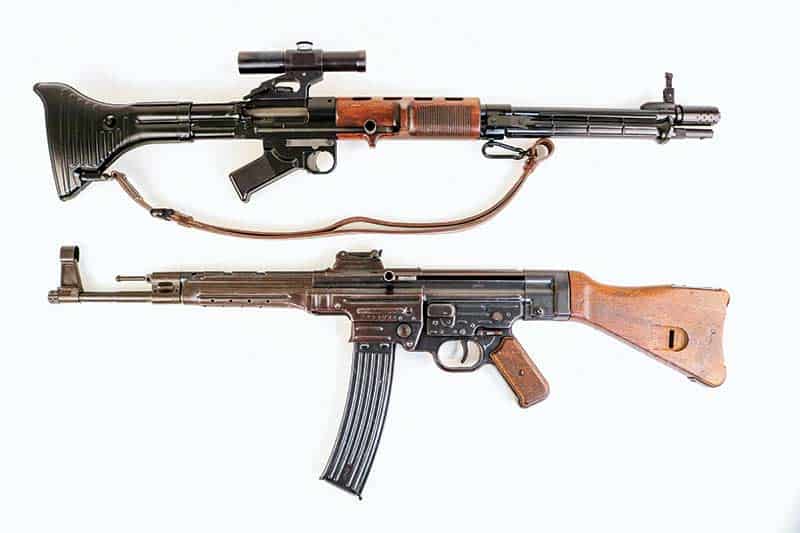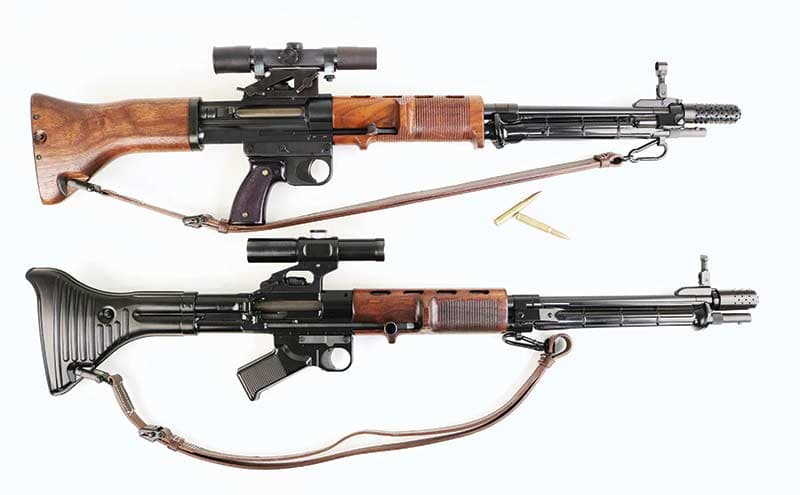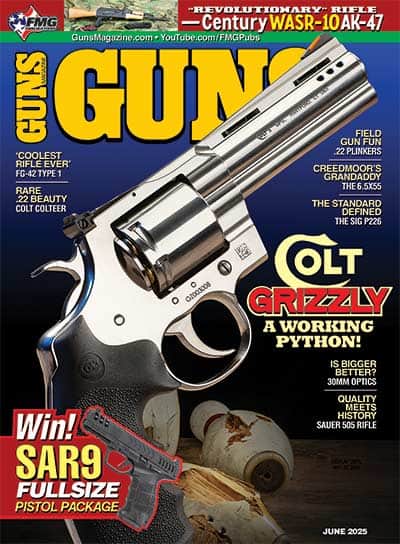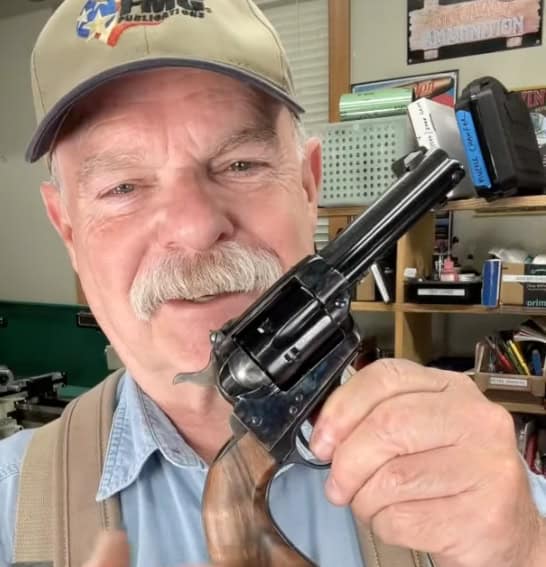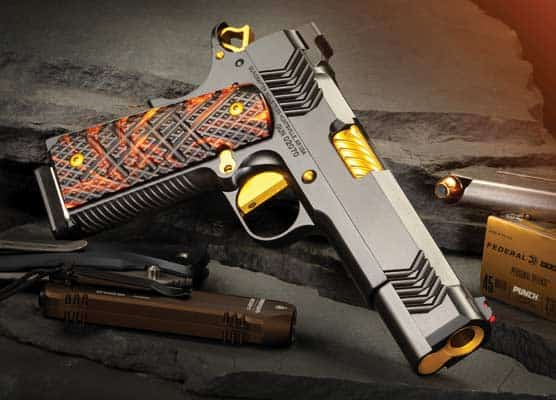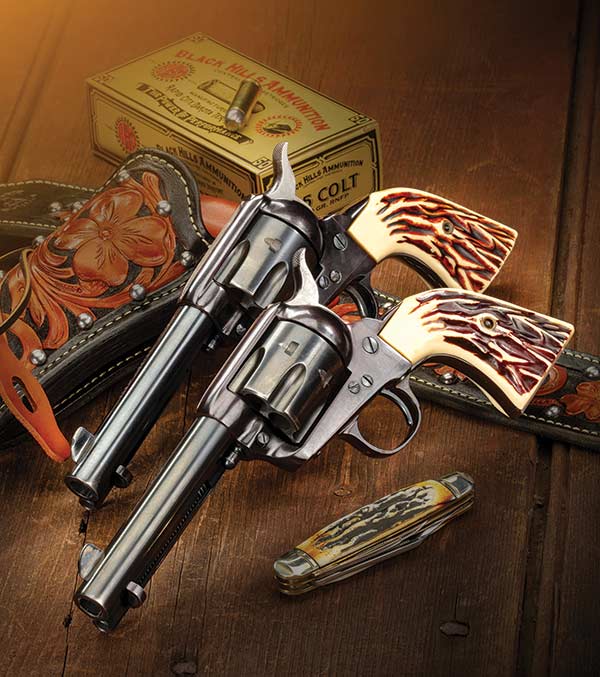The FG-42 & The Gran Sasso Raid
The Coolest Rifle In The World
In the Autumn of 1943, the entire world was on fire. World War II was grinding through its fourth year and blood soaked the earth. The insular decisions of a handful of megalomaniacal dictators sowed misery incalculable. Within this sordid milieu, national alliances spelled the difference between victory and defeat.
The Germans, the Italians and the Japanese were all aligned via a common enthusiasm for fascism, tyranny and conquest. Germany’s Hitler and Italy’s Mussolini were both political allies and personal friends. However, by the summer of 1943, the Italian people were growing weary of serving as Hitler’s vassals.
In late July of 1943 after the successful Allied invasion of Sicily, the Italian King Victor Emmanuel III sacked the fascist dictator and replaced him with Marshal Pietro Badoglio. Mussolini was arrested and whisked away in secret to the Hotel Campo Imperatore, an imposing structure located atop a remote and readily defensible mountain plateau. The only access to the facility was via a single funicular railway rising to the mountaintop some 2,112 meters above sea level. James Bond author Ian Fleming could not have conjured a more exotic location.
Dictatorships are universally characterized by distrust and intrigue. As a result, Hitler gave several of his subordinates the identical task of finding and retrieving his friend Mussolini in hopes that one of them might actually succeed. The end result was inadvertently one of the most successful joint special operations of the Second World War.
The Players
Nazi propaganda subsequently made Waffen SS Hauptsturmfuhrer Otto Skorzeny out to be the primary hero. Standing 6’4″ tall and sporting a sinister dueling scar on his left cheek, Skorzeny was right out of central casting. He and a small contingent of highly trained SS commandos led the ground assault.
The other serious players for Operation Oak, as the rescue mission was called, were Luftwaffe Major Harald Mors and his 2d Parachute Division fallschirmjagers. Mors did most of the tactical planning for the operation and really deserved more credit. However, Skorzeny had Hitler’s ear and was therefore destined for glory.
When the dust settled, Skorzeny was awarded the Knight’s Cross, Nazi Germany’s highest award for valor in action. He also parlayed his success into a meteoric spec-ops career spanning the remainder of the war and beyond. However, the big man’s vanity very nearly scuppered the op at its most critical junction.
The Mission
The concept of the operation was undeniably bold. Skorzeny and 16 highly-trained SS special operators drawn from the 502d SS Jager Battalion joined a further 76 heavily armed fallschirmjagers in ten DFS230 gliders. They brought along captured Italian General Fernando Soleti as a hostage. Skorzeny hoped to use Soleti’s influence with the Italian defenders to help avoid unnecessary bloodshed.
The air mission commander was Luftwaffe pilot Oberleutnant Georg Freiherr von Berlepsch. In a simply phenomenal bit of aviating, Berlepsch and his fellow glider pilots landed successfully atop the remote mountain plateau, crashing but a single glider. Simultaneously, Major Mors seized the lower end of the funicular railway with two fallschirmjager companies.
The ground force killed an Italian forestry guard and a local policeman while seizing the railway. Skorzeny’s air assault contingent quickly overwhelmed some 200 Italian Carabinieri guards up top and freed Il Duce without incident. The German assault forces destroyed the Italian radios and cut telegraph lines in the opening stages of the operation.
The plan was to fly Mussolini off of the mountain in a small Fieseler Fi-156C-3 Storch observation plane. This tiny little STOL (Short Takeoff and Landing) aircraft only had two seats and was stressed to take off carrying only the pilot and Mussolini. However, Skorzeny insisted upon squeezing in as well so as to be physically present when Mussolini was presented to the world. The terribly overloaded plane just barely got airborne. Skorzeny’s hubris very nearly ruined everything.
The Tactics
The German fallschirmjagers were some of the most audacious combat troops of the war. The 1941 airborne assault on the island of Crete was successful but at an enormous cost. So many elite paratroops were lost that Hitler never again authorized large-scale parachute operations. For the rest of the war, the fallschirmjagers fought as elite infantry. They were, however, afforded some of the German military’s finest weapons. Principal among them was the enigmatic FG-42 parachute rifle.
Fallschirmjagers were said to jump naked. Their single-point parachute harnesses necessitated they leave the aircraft with nothing more than a knife, a handgun, and a few grenades. Small arms, ammunition, and supplies were simultaneously dropped in a fallschirmbombe, a cylindrical bomb-like container that was carried on the belly of the drop aircraft and also descended via parachute. As a result, the opening moments of a parachute assault were critically important. If the parachutists could retrieve their weapons and achieve fire superiority, they had a chance of success. If not they were slaughtered on the drop zone. As a result, the fallschirmjagers needed all of the portable firepower they could get.
Early on, this meant an inordinately large issue of MP-38 and MP-40 submachine guns along with MG-34 belt-fed guns. Eventually, German industry developed the rifle-caliber FG-42 in an effort at producing one weapon that could serve in all roles. The FG-42’s revolutionary design shaped small arms development to this day.
The Weapon
They only made around 7,000 copies. While we categorize the gun as either a Type I or a Type II, the Germans actually produced seven different sub-variants. Designed by Louis Stange in 1942, all versions fired standard 7.92x57mm ammunition from a 20-round side-mounted magazine. Operation Oak was actually the combat debut of the Type I FG-42.
The Type I FG-42 was 37.2″ long and weighed 9.3 lbs. It was a selective fire weapon and cycled at around 900 rounds per minute on full auto. Curiously, the gun fired from the closed bolt on semiauto and from the open bolt on rock and roll. It included a cruciform spike bayonet, a complex muzzle brake and a pressed steel bipod whose legs folded forward and did not lock.
The Type I FG-42 featured a pressed steel spring-loaded buttstock of unique design. The rifle’s receiver actually cycled back into the stock as it was fired to help mitigate felt recoil. It also included a curious pistol grip that was swept rakishly to the rear and a wooden forearm. The later Type II sported a forward-folding bipod, a redesigned muzzle brake, wooden furniture and a more conventional pistol grip. Both guns could be fitted with the superb ZF4 4X optical sight. After the war, the basic action of the FG-42 was copied directly into the American M-60 general purpose machinegun.
Like most ballistic compromises, the FG-42 was too heavy and bulky to be a submachine gun but too light and insubstantial for sustained fire using full-power cartridges. It was also complicated and expensive to produce at a time when the Germans could ill afford such frivolities. However, up close the FG-42 was indeed a thing of mechanical beauty.
Where Do You Get One?
The last original transferable Type I FG-42 I found for sale went for a tidy $411,250 at auction in May of 2023. If you don’t have that kind of cash just loitering about, Rick Smith at SMG Guns can hook you up. Rick hand builds absolutely gorgeous semiauto reproductions of both the Type I and Type II FG-42 at his shop in Texas. They’re not cheap and there’s a waiting list, but his guns are frankly magnificent.
You get to pick the receiver markings, wood and finish. Original FG-42 magazines cost thousands of dollars on the rare occasion they can be found. Rick’s versions feed from Czech ZB-26/30 magazines. They look about the same and, while still tough to find, are much cheaper.
I waited more than two years for a Type II FG-42. My Type I did not take as long, but it was just because I was lucky when I got on the list. They were worth the wait. Everything about these weapons is perfect.
Several of the Gran Sasso raiders carried Type I FG-42 rifles. At least one example can be seen in period photographs with a ZF4 scope. Thanks to the tireless efforts of Rick Smith at SMG Guns, we mere mortals get to touch a little bit of that extraordinary history as well.
Special thanks to WorldWarSupply.com for the cool replica gear used to outfit our fallschirmjager.


